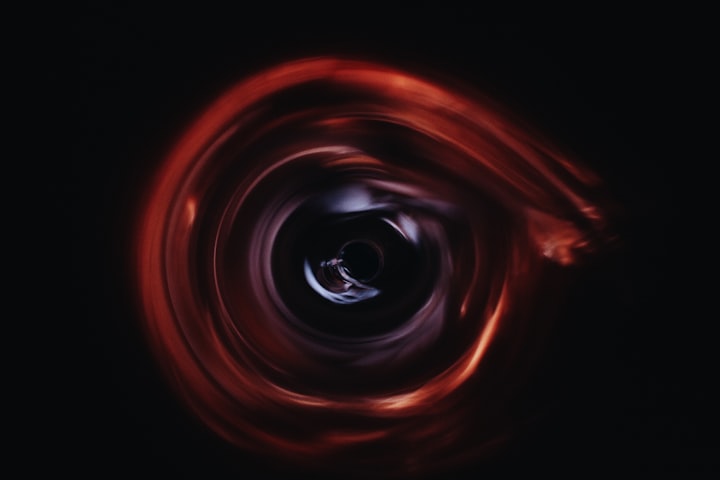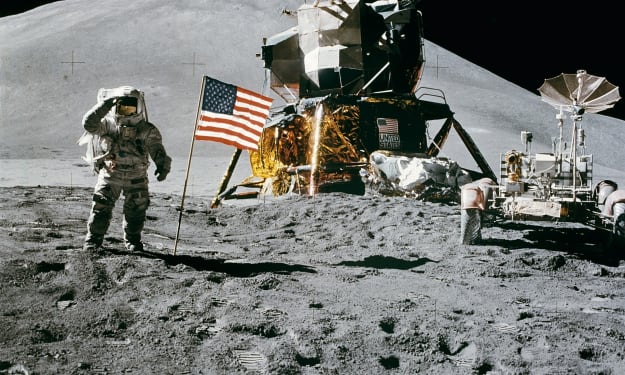Black Holes: Unravelling the Secrets of the Universe's Cosmic Vacuum Cleaners
Fascinating world of black holes, their extraordinaries

In the modern age, our understanding of the cosmos has evolved significantly. Among the many enigmatic entities that captivate scientists and stargazers alike, black holes stand out as some of the most mysterious. This article delves into the fascinating world of black holes, their extraordinary characteristics.
The Cosmic Vacuum Cleaners
Black holes have earned their moniker as the "cosmic vacuum cleaners" due to their incredible ability to consume everything that crosses their event horizons, from stars to light itself. In a relentless display of gravitational force, these celestial objects devour matter, offering us a glimpse into the most extreme environments in the universe.
The Anatomy of a Black Hole
To comprehend the mystique surrounding black holes, we must first grasp their basic structure. A black hole typically consists of three main components:
1. Singularity: At the core of a black hole lies a singularity, an infinitely dense point where matter is crushed to a point of zero volume. This is where the laws of physics, as we understand them, break down.
2. Event Horizon: Surrounding the singularity is the event horizon, an invisible boundary beyond which nothing, not even light, can escape. Once an object crosses this point, it is inexorably drawn towards the singularity.
3. Accretion Disk: Around the event horizon, matter often forms an accretion disk, spiraling inwards. Friction within this disk generates immense heat, leading to the emission of high-energy radiation, such as X-rays.
Stellar Black Holes
Stellar black holes are born from the explosive deaths of massive stars. When such a star exhausts its nuclear fuel, it undergoes a supernova, leading to a catastrophic collapse. If the remnants of this collapse are between roughly three to twenty times the mass of our sun, a stellar black hole is born.
Supermassive Black Holes
Supermassive black holes, on the other hand, are millions to billions of times more massive than the sun. They are believed to reside at the centers of most galaxies, including our own Milky Way. The origins of these cosmic behemoths are still a subject of intense scientific scrutiny.
Time Dilation and Gravitational Waves
The gravitational pull near a black hole is so intense that it causes time to dilate. This phenomenon, known as gravitational time dilation, means that time passes more slowly for an observer near a black hole compared to someone farther away. This effect has been experimentally verified using atomic clocks and is a fundamental prediction of Einstein's theory of general relativity.
Gravitational waves, another remarkable consequence of Einstein's theory, are ripples in spacetime caused by the acceleration of massive objects. Black hole mergers, in particular, have been a rich source of gravitational wave signals detected by LIGO and Virgo observatories. These detections have not only provided further confirmation of general relativity but have also given us a unique opportunity to study the behavior of black holes.
The Quest for Black Hole Images
One of the most groundbreaking achievements in modern astronomy is the capture of the first image of a black hole. In 2019, the Event Horizon Telescope (EHT) collaboration unveiled the image of the supermassive black hole at the center of the galaxy M87, located 55 million light-years from Earth. This monumental feat required a network of telescopes positioned around the globe, effectively creating a virtual telescope the size of the Earth.
The Hawking Radiation Paradox
Stephen Hawking's groundbreaking work on black holes introduced the concept of Hawking radiation. According to Hawking, black holes are not entirely black; they emit tiny amounts of thermal radiation due to quantum effects near the event horizon. This revelation raised intriguing questions about the fate of black holes and the potential for them to slowly evaporate over time. Hawking radiation remains a topic of ongoing research and debate among physicists.
Wormholes and Black Hole Engines
The immense gravitational forces exerted by black holes have sparked imaginative ideas in science fiction. Wormholes, hypothetical shortcuts through spacetime, often involve the concept of black holes. Although the existence of traversable wormholes remains speculative, their potential as gateways to other parts of the universe continues to inspire creative minds.
Black holes have even been considered as a source of energy in the form of "black hole engines." Theoretical concepts suggest that it might be possible to harness the rotational energy of a spinning black hole to generate power. While these ideas remain highly speculative, they exemplify the captivating allure of black holes as cosmic mysteries.
Conclusion
Black holes are, without a doubt, some of the most intriguing and mysterious entities in the universe. They challenge our understanding of the laws of physics, time, and the cosmos itself. In the modern age, we stand at the threshold of new discoveries and revelations about these cosmic vacuum cleaners, thanks to a synergy of advanced technology and visionary science.
The quest to unravel the secrets of black holes continues to captivate scientists, researchers, and enthusiasts around the world. It is a testament to the enduring human spirit of exploration, curiosity, and the unyielding desire to comprehend the enigmas of the cosmos. The age of black hole exploration is far from over; it represents a thrilling cosmic odyssey that has just begun.





Comments
There are no comments for this story
Be the first to respond and start the conversation.